Quick Introduction to CNC -- I Came, I Sawed, I Conquered
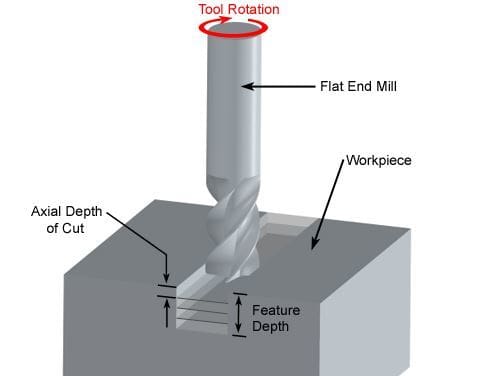
CNC is the “subtractive 3D printer”. Just imagine three-axes of motion, software, and a spindle with a cutter in the place of an extruder, and you have a CNC router. CNC stands for computer numerical control, a term that goes back to when a computer was the size of a refrigerator. CNC’s range from desktop hobby machines to four-foot furniture-making machines and metal working behemoths.
CNC starts with a block or plate of clamped material. Then, using a g-code motion recipe (like a 3D printer), CNC moves the cutter in paths to cut pockets, outlines, and through-holes as well as face off surfaces.
CNC offers these advantages over 3D printing:
- works with wood, plastic, aluminum, and steel (with an industrial kit)
- can be extremely accurate and deliver very smooth surfaces
- large work envelope — a 24-inch square is typical but it can go up to 4′ x 8′
- much faster than 3D printing
CNC has these downsides:
- parts are solid under the surface (no analog to infill in CNC)
- color choice is very limited
- the starting material is the bounding box of the final part… and a lot of it gets turned into chips
- the machines can be expensive
- the cutting process is NOISY!
But the next question is, assuming you have a machine and earplugs, what kind of material should you feed into it? Let’s take a tour of the basic CNC material choices for the hobbyist maker.
Short Tour of the Hobbyist CNC Maker's Go-To Materials
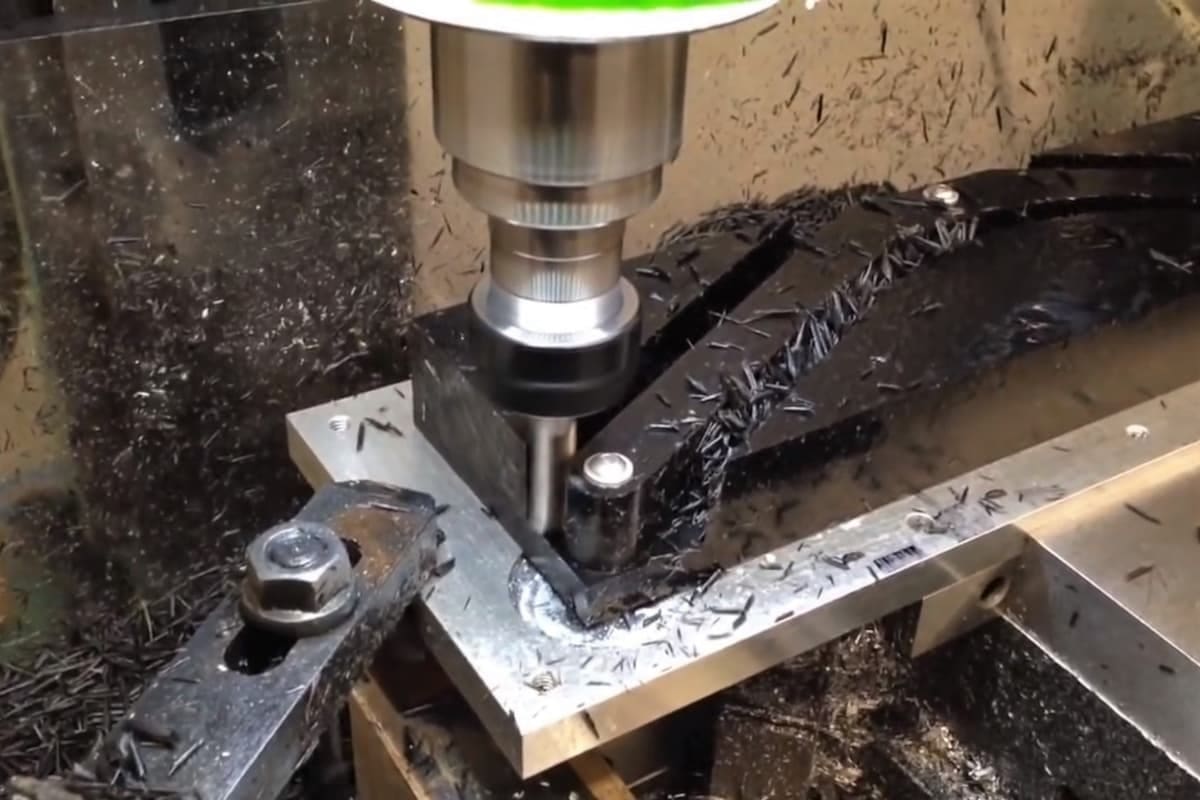
First stop: baltic birch plywood. This is a great prototyping material for many CNC projects. It’s low-cost, high-quality, and paintable. Just be careful you don’t need any of the following:
- waterproof
- clear
- impact resistant
- slippery, bearing-like surface
- abrasion resistant
Next up is polycarbonate. If your part can be clear and doesn’t need to serve as a bearing or slippery surface, PC is often the way to go. If you need more strength or rigidity, consider an assembly, and remember that polycarbonate can be cold-bent on a bending brake, an excellent way to add structure and rigidity after machining.
Now we come to a fork in the road:
- For more strength, hardness, or temperature resistance, move to aluminum.
- For thicker parts, with a slippery surface, impact strength and abrasion resistance, try UHMW.
Last stop on our short tour is acetal, for when you need a precise, slippery material available in black or white.
Getting confused between the different plastic options? Check out this chart comparing plastic properties.
For more detail, we take a more in-depth look at the five recommended materials for CNC.
CNC Material #1: Baltic Birch Plywood
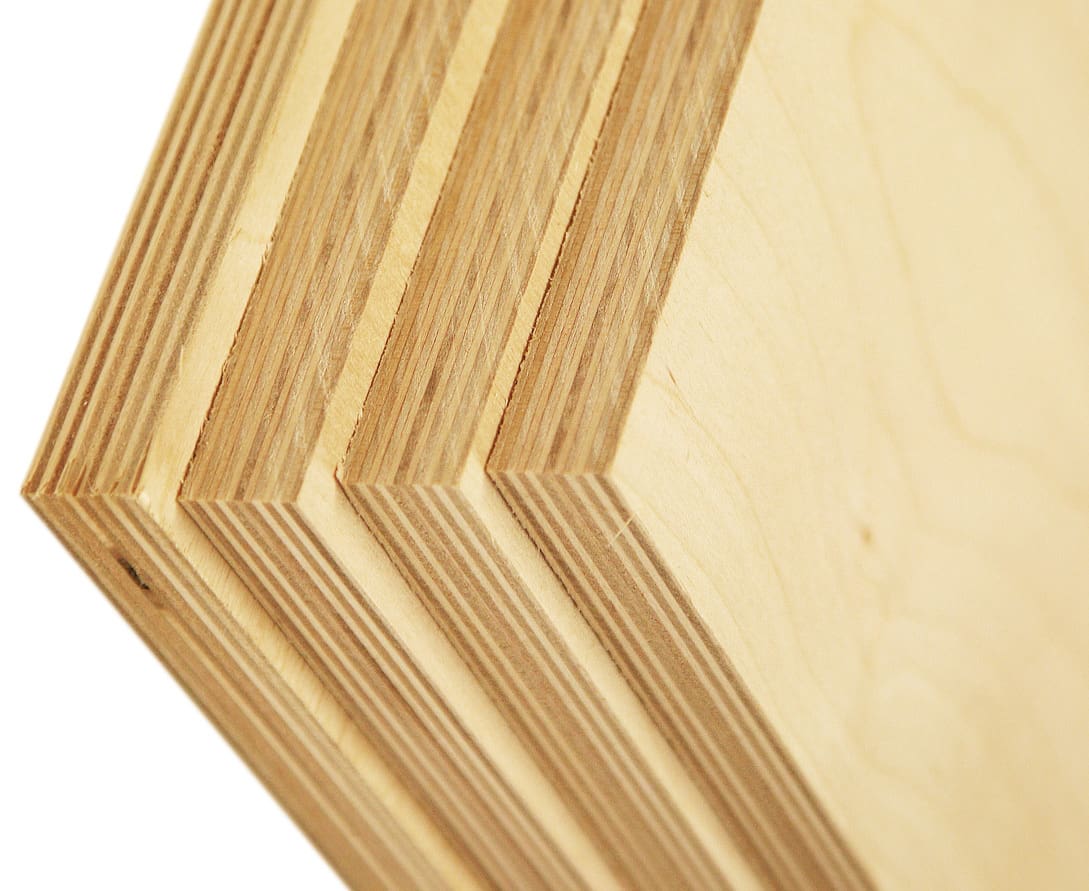
Baltic birch plywood is great for CNC: It’s consistent, void-free, stable cabinet-grade plywood. It also has an attractive exposed edge. For more, see all about Baltic birch plywood.
- available thickness of 1/10″ to 1″
- about $3 for a 1/4″-thick, 12″ x 12″ piece
- about $6 for a 3/4″-thick, 12″ x 12″ piece
- easy to cut
- easy to join
- ready to finish with paint or stain
CNC Material #2: Polycarbonate

Polycarbonate, also known as Lexan or Makrolon, is a strong, impact-resistant engineering-grade plastic that mates very well with CNC. Thicker material does get very pricey. If you can work with 1/4″ clear sheet, this is a versatile material that is a pleasure to cut.
- available in thickness of 1/10″ to 3/4″
- about $15 for a 1/4″-thick, 12″ x 12″ piece
- about $200 for a 3/4″-thick, 12″ x 12″ piece
- easy to cut
- high impact strength
- cold bendable
- generally available only as clear or tinted
CNC Material #3: Aluminum
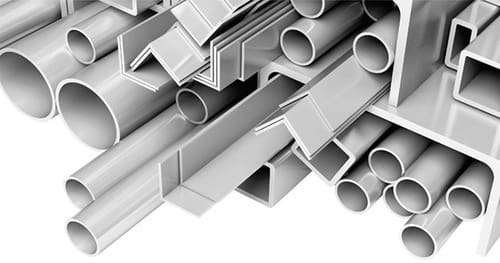
Aluminum is what they used to make airplanes of (until carbon fiber came along). Aluminum has an excellent strength-to-weight ratio, and is much stiffer than plastic. Working with aluminum has its challenges but opens the door to strong, high-tech parts coming right off your CNC machine.
- available in thickness of 1/32″ to multiple inches
- about $35 for a 1/4″-thick, 12″ x 12″ piece
- about $122 for a 3/4″-thick, 12″ x 12″ piece
- can be challenging to cut — requires lubrication and or cooling
- about 4x stronger and 30x stiffer than polycarbonate
- the basic engineering material — strong, light, and non-corroding
- post-CNC: choose 5052-H32 for bending and 6061-T6 for welding
- can be hard coated for abrasion resistance
CNC Material #4: UHMW
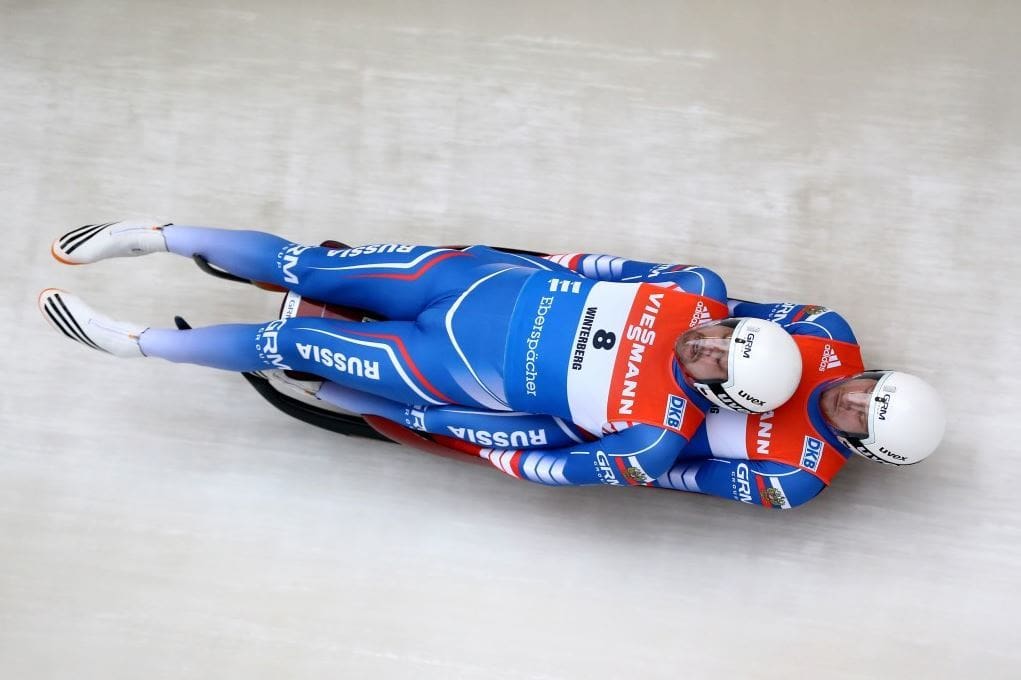
Ultra-high-molecular-weight polyethylene (UHMW) is like a poor man’s Teflon. Apart from having the same ultra-low coefficient of friction, UHMW is TOUGH. UHMW has a good bit of flex, so it isn’t a precision material. But if you need a bulky, slick, indestructible part with no moisture absorption, this is a good material to try.
- available in thicknesses of 1/8″ to 5″
- about $12 for a 1/4″-thick, 12″ x 12″ piece
- about $26 for a 3/4″-thick, 12″ x 12″ piece
- easy to cut
- slippery
- excellent abrasion, wear, and impact resistances
- generally available only in black or white
- better as virgin material (avoid reprocessed)
CNC Material #5: Acetal
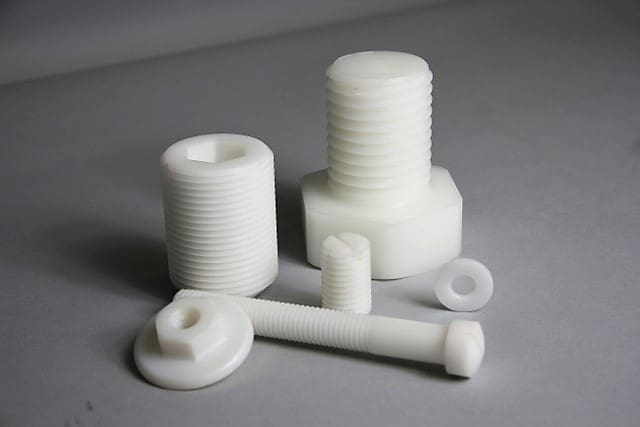
Alternatively known as POM or Delrin, acetal is a terrific engineering-grade material with very similar properties to nylon. It absorbs no water and cuts like butter.
- available in thicknesses of 1/32″ to 4″
- about $22 for a 1/4″-thick, 12″ x 12″ piece
- about $58 for a 3/4″-thick, 12″ x 12″ piece
- very easy and accurate to cut
- precise
- low friction
- low water absorption
- generally available only in black or white
Other Options
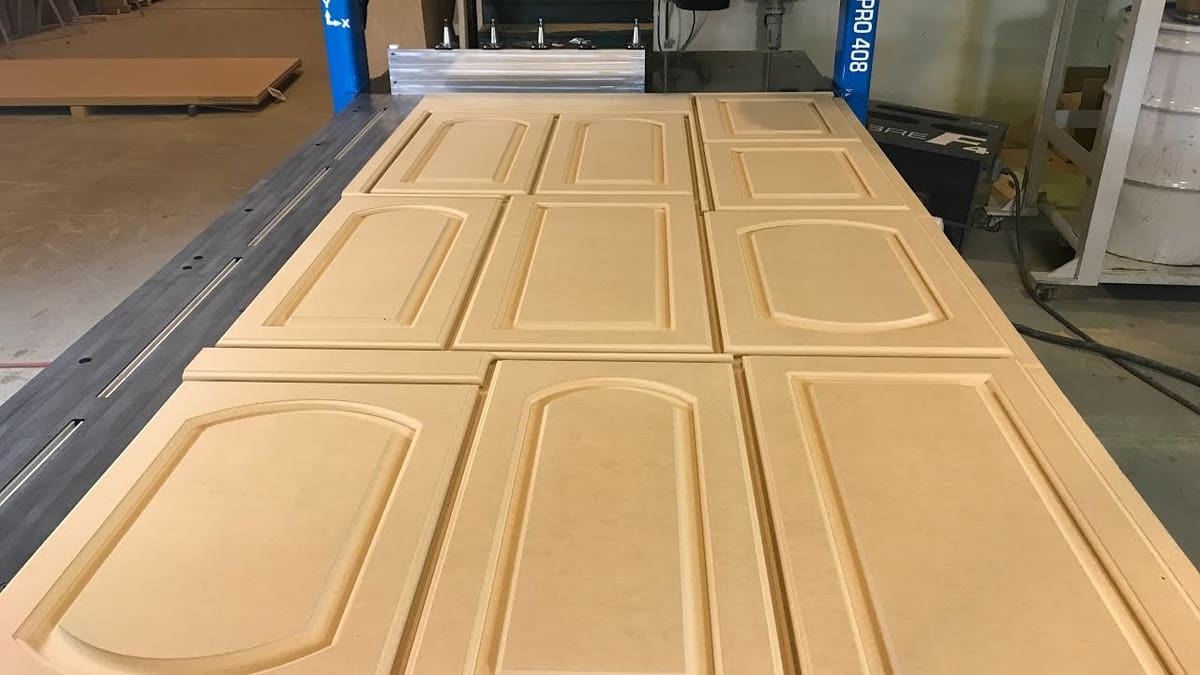
The following are some other popular options for CNC milling:
- MDF is a cost-effective wood-like composite, but can create nasty dust.
- Nylon is a bit more expensive than acetal, absorbs water, and can swell. It is, however, an excellent bearing material.
- Acrylic (plexiglas), when compared to polycarbonate, is clearer and more scratch resistant. But with a much lower impact strength, it can be difficult to cut. Note that it cannot be cold bent.
- G-10/FR4 is the stuff that circuit boards are made of. It’s an epoxy-grade industrial laminate and phenolic with high strength and low moisture absorption. A glass-filled material, it’s both stiffer and stronger than polycarbonate.